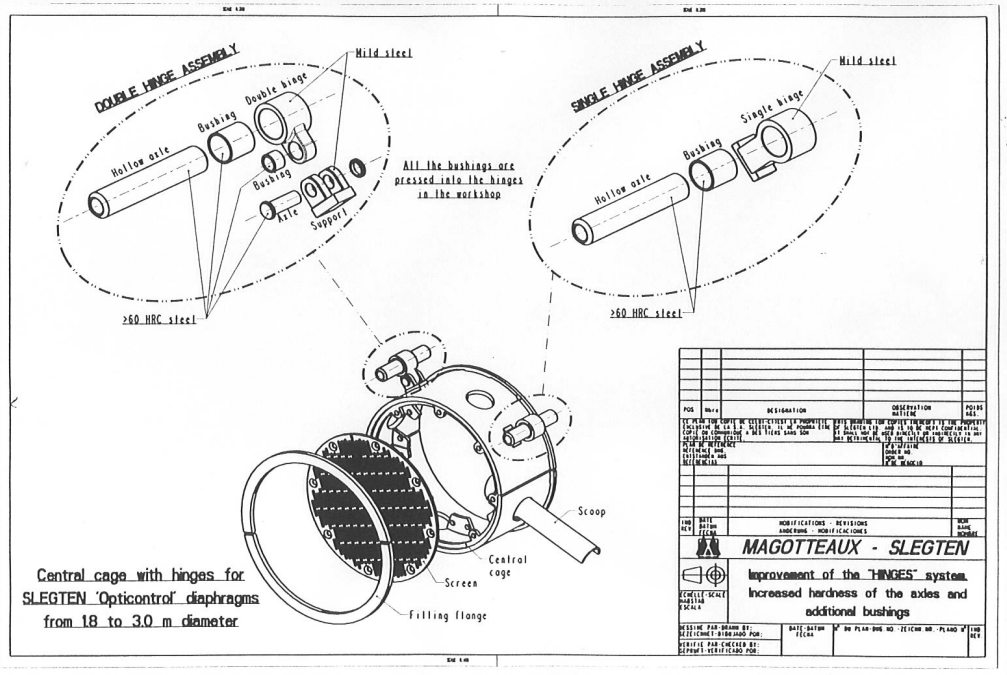Contents
What’s Work Index?

TO Download this post and all the books and excel sheets and my personal notes and presentations I collected about cement industry in the last 30 years click the below paypal link
Understanding the Bond Work Index in Comminution: A Key to Energy Efficiency in Grinding
When it comes to the comminution process in mining and material handling, one term stands out: the Bond Work Index. Developed by Fred C. Bond, this index is a crucial measure in the world of grinding, used to quantify the energy required to reduce the size of ore or material from a specific feed size to a desired product size. The Work Index serves as a key parameter in designing grinding circuits, optimizing energy consumption, and improving overall plant performance.
What is the Bond Work Index?
Simply put, the Bond Work Index is a measure of the energy required to grind a material in a controlled environment, typically a laboratory ball mill, to a specified size. It’s expressed in kilowatt-hours per ton (kWh/t) and is used to assess the grindability of different materials. Understanding this index is essential for plant engineers and operators, as it directly influences the design and sizing of mills like ball mills and rod mills.
Why is the Bond Work Index Important?
The Work Index helps in making informed decisions about energy consumption in grinding operations. Since comminution is an energy-intensive process, knowing the Work Index enables operators to optimize the process, reducing costs and improving efficiency.
Here are a few key points about the Bond Work Index:
- Material-Specific: Every material has a unique Work Index, reflecting its hardness and grindability. For example, softer materials have lower Work Index values, while harder materials have higher values.
- Energy Efficiency: By understanding the Work Index, plant operators can calculate the energy required to grind the material, enabling them to adjust mill parameters for optimal energy consumption.
How is the Bond Work Index Measured?
The Bond Work Index is determined through a standardized laboratory test. In this test, a material sample is ground in a ball mill under controlled conditions, and the energy used to achieve the desired size reduction is measured. The result is then used to calculate the Work Index for that material.
The Formula for Work Index (Bond’s Equation)
The Bond Work Index formula is essential in calculating the energy consumption for grinding. While the formula itself may seem complex, its purpose is straightforward: to provide an estimate of the energy required to reduce a specific material’s size. Here’s the formula:
W=10×Wi(1P−1F)W = 10 \times Wi \left( \frac{1}{\sqrt{P}} – \frac{1}{\sqrt{F}} \right)
Where:
- W = energy consumption per ton (kWh/ton)
- Wi = Bond Work Index (kWh/ton)
- P = 80% passing size of the product (microns)
- F = 80% passing size of the feed (microns)
This formula allows plant operators to estimate how much energy will be required to process a given material in a ball mill or rod mill.
Factors Influencing Energy Consumption in Grinding
Several factors can affect the energy consumption in a grinding operation, beyond just the Bond Work Index. Some of the key factors include:
- Mill Speed: The speed of the mill can significantly impact grinding efficiency. Operating the mill at its optimal speed ensures the most efficient use of energy.
- Ball Load and Size: The distribution and size of the grinding media (balls) in the mill also play a crucial role in determining energy efficiency. A well-balanced load with the correct ball size distribution enhances grinding performance.
- Ore Hardness: Harder ores naturally require more energy to break down. The Work Index helps quantify this energy requirement, but it’s important to consider ore hardness in day-to-day operations.
- Feed Size Distribution: Finer feed materials result in lower energy consumption compared to coarser feeds. Ensuring that the feed is appropriately sized before grinding can lead to substantial energy savings.
Optimizing Energy Consumption in Grinding
Once the Work Index and other factors are known, plant operators can take steps to optimize the energy consumption in their grinding circuits. For example:
- Adjust Mill Speed: Operating the mill at its optimal speed can lead to significant energy savings.
- Optimize Grinding Media: The size and load of the grinding media can be fine-tuned to ensure efficient grinding.
- Monitor Feed Size: Reducing the feed size entering the mill can reduce energy consumption and improve overall performance.
Conclusion
The Bond Work Index is more than just a number; it’s a vital tool in the efficient design and operation of grinding circuits. By understanding the Work Index, plant operators can make informed decisions about mill sizing, energy consumption, and overall process optimization. As energy costs continue to rise, having a detailed understanding of this key parameter can lead to substantial cost savings and improved plant efficiency.
TO Download this post and all the books and excel sheets and my personal notes and presentations I collected about cement industry in the last 30 years click the below paypal link
